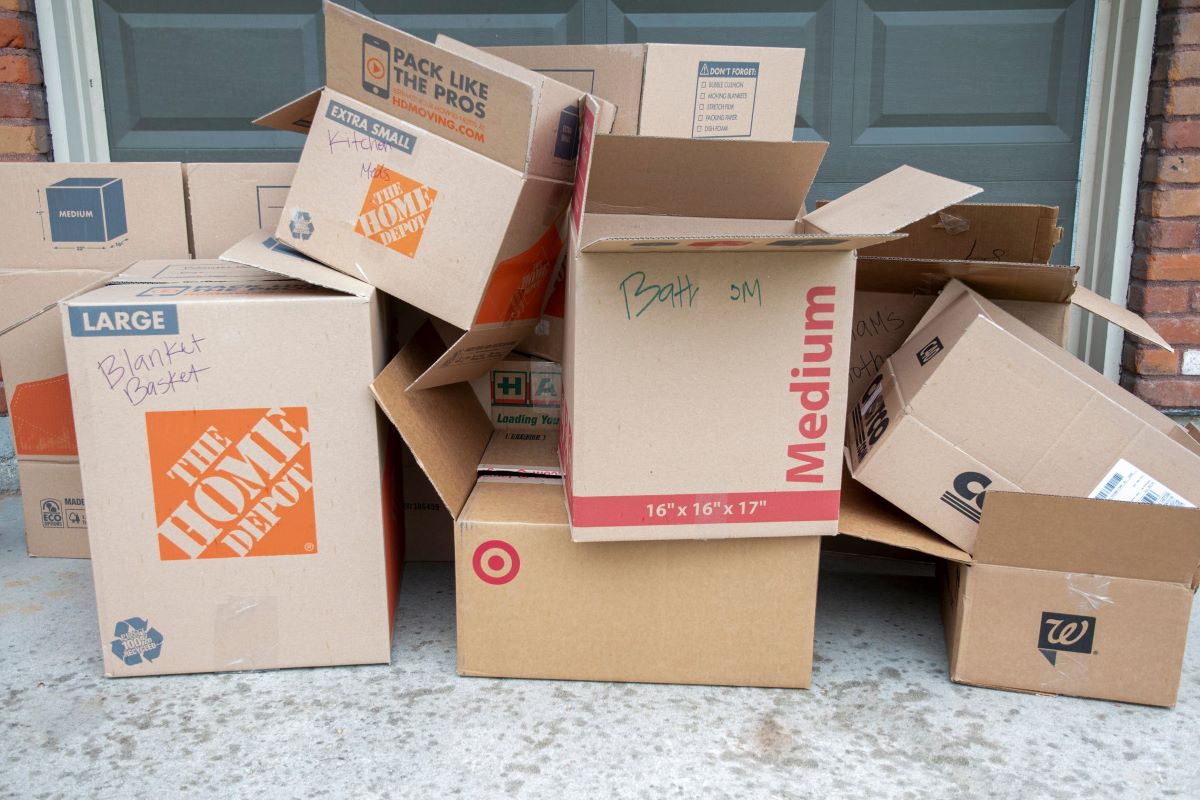

Articles
How To Store Cardboard Boxes For Recycling
Modified: January 20, 2024
Learn effective ways to store cardboard boxes for recycling with our helpful articles. Find tips and tricks to maximize space and improve recycling efficiency.
(Many of the links in this article redirect to a specific reviewed product. Your purchase of these products through affiliate links helps to generate commission for Storables.com, at no extra cost. Learn more)
Introduction
Recycling has become an essential part of our daily lives as we strive to reduce waste and protect the environment. When it comes to recycling, cardboard boxes are one of the most commonly used and discarded items. With the increasing popularity of online shopping, cardboard boxes have become even more prevalent in our homes. But what do you do with all those boxes once you’ve unpacked your items? In this article, we will discuss how to store cardboard boxes for recycling, ensuring they are properly prepared for the recycling process.
Key Takeaways:
- Properly preparing cardboard boxes for recycling, including emptying, flattening, and removing non-recyclable materials, ensures efficient and effective recycling while conserving resources and reducing waste.
- Considering cardboard box recycling services provides a convenient and environmentally responsible option for recycling, contributing to a more efficient and sustainable recycling process.
Read more: Where To Recycle Cardboard Boxes
Why is recycling cardboard important?
Recycling cardboard is crucial for several reasons. Firstly, it helps conserve valuable resources. Cardboard is made from trees, and by recycling it, we can reduce the demand for new trees to be cut down. This not only helps preserve forests but also protects the habitat of countless plant and animal species.
Secondly, recycling cardboard helps reduce energy consumption and greenhouse gas emissions. When cardboard is recycled, it is processed into new paper products, such as boxes or packaging materials. This process requires significantly less energy compared to producing cardboard from raw materials. Additionally, recycling cardboard reduces methane emissions, a potent greenhouse gas, which is released when cardboard decomposes in landfills.
Thirdly, recycling cardboard reduces landfill waste. Cardboard takes up a significant amount of space in landfills, and by recycling it, we can divert a large volume of waste from these already overcrowded disposal sites. By reducing landfill waste, we can extend the lifespan of landfills and minimize the need for new landfill sites, which can have detrimental effects on the environment and local communities.
Lastly, recycling cardboard contributes to the circular economy. The circular economy aims to minimize waste generation and maximize resource utilization through the continual use and recycling of materials. By recycling cardboard, we are keeping it in circulation and allowing it to be transformed into new products, rather than being disposed of as waste.
With the environmental and economic benefits of recycling cardboard in mind, it is essential for individuals and businesses alike to take the necessary steps to ensure cardboard boxes are properly prepared for recycling. By following a few simple guidelines, you can store your cardboard boxes in a way that makes recycling easier and more efficient.
Step 1: Empty and Flatten the Boxes
The first step in properly storing cardboard boxes for recycling is to empty them completely. Make sure there are no items, packing materials, or other debris left inside the boxes. Check every corner and crevice to ensure they are completely empty.
Once the boxes are empty, it’s time to flatten them. Flattening the boxes not only saves space but also makes them easier to handle and transport. To flatten a box, start by opening the top flaps and breaking the seal of any tape that may be holding it together. Then, gently fold the box along its natural creases, making sure to smooth out any wrinkles or kinks in the cardboard.
It’s important to note that some boxes may have glued or stapled seams that cannot be easily flattened. In such cases, you can still recycle the box, but it’s best to consult with your local recycling facility to determine the specific guidelines for handling these types of boxes.
By emptying and flattening the boxes, you are not only preparing them for recycling but also optimizing the use of storage space in your home or business. Flattened boxes can be neatly stacked or stored in a designated area until you are ready to recycle them.
Step 2: Remove Any Tape or Labels
Before recycling your cardboard boxes, it’s essential to remove any tape, labels, or other non-cardboard materials that may be attached to them. These non-recyclable items can contaminate the recycling process and may need to be manually removed at the recycling facility, causing inefficiencies and potentially affecting the quality of the recycled materials.
Start by carefully inspecting each box and peeling off any tape that may be securing the flaps or sealing the box. Use a utility knife or scissors to cut the tape if necessary. Make sure to remove all pieces of tape, both on the exterior and interior of the box.
Next, check for any labels or stickers. These can often be peeled off easily, but if they are stubborn, you can use a damp cloth or sponge to soften them and then gently scrape them off using a plastic scraper or your fingernail. Be careful not to tear or damage the cardboard surface in the process.
If you come across any adhesive residues from tape or labels, you can use an adhesive remover or rubbing alcohol to dissolve the residue. Apply a small amount to a cloth and gently rub the residue until it comes off. Make sure to wipe away any excess remover or alcohol to avoid leaving behind any chemical residues.
By removing all tape and labels, you are ensuring that your cardboard boxes are clean and ready for the recycling process. This step not only helps maintain the quality of the recycled materials but also prevents any potential issues during the recycling process, such as clogging equipment or reducing the efficiency of sorting and processing.
Step 3: Organize Boxes by Size
Once you have emptied, flattened, and removed any tape or labels from your cardboard boxes, it’s time to organize them for storage. One effective way to do this is by organizing the boxes based on their size. By grouping similar-sized boxes together, you create a more organized and efficient storage system.
Start by gathering boxes of similar dimensions. Place them in one area and stack them neatly, ensuring that they are all fully flattened. If you have boxes that are different sizes within the same group, try to align their edges to create an even stack. This will make it easier to retrieve a specific box when you need it and prevent the stack from tipping over or becoming unstable.
If you have a large number of boxes, consider creating separate piles for small, medium, and large boxes. This further categorization will make it easier to locate the appropriate box size for future use. Additionally, you can consider labeling the piles to save time and avoid any confusion when retrieving boxes later on.
Another helpful tip is to nest smaller boxes inside larger ones if they have a similar shape. This will save even more space and ensure that the boxes are stored efficiently. However, remember to only nest boxes that are completely empty and properly flattened, as nesting boxes with items inside can lead to damage or difficulties in retrieving them later.
By organizing your cardboard boxes by size, you create a more streamlined storage system that maximizes space and ensures easy access to the boxes when needed. This step not only helps with storing the boxes but also makes it easier for recycling facilities to handle and process them, improving overall efficiency in the recycling process.
Break down cardboard boxes before storing them for recycling to save space and make it easier to transport. Flatten the boxes and stack them neatly to maximize storage efficiency.
Read more: How To Store Cardboard For Recycling
Step 4: Store Boxes in a Dry Area
To ensure the longevity and recyclability of your cardboard boxes, it’s important to store them in a dry area. Moisture or dampness can weaken the cardboard material, making it less durable and potentially causing it to become unusable for recycling. By storing the boxes in a dry environment, you can maintain their structural integrity and ensure they are in optimal condition for recycling.
Start by selecting a storage area that is free from any potential water sources, such as leaks or high humidity. This could be a storage room, basement, garage, or any other dry space. Keep the boxes off the ground by using pallets, shelves, or sturdy storage bins to prevent them from coming into direct contact with any moisture. Elevating the boxes also facilitates air circulation, reducing the risk of condensation and mold formation.
If you live in a particularly humid climate or during seasons with high humidity levels, consider using dehumidifiers or moisture-absorbing products in the storage area to further mitigate any moisture-related issues. These measures will help maintain the cardboard boxes’ quality and ensure they remain suitable for recycling.
Additionally, avoid storing the boxes in areas prone to temperature extremes, such as areas exposed to direct sunlight or extreme cold. Large temperature fluctuations can also impact the integrity of the cardboard, making it more susceptible to damage. Opt for a storage area with a consistent temperature to preserve the quality of the boxes.
By storing your cardboard boxes in a dry area, you are taking proactive steps to protect them from moisture damage and prolong their usability. This step not only safeguards the recycling potential of the boxes but also allows for easy retrieval and reuse in the future, should the need arise.
Step 5: Stack Boxes Properly
Once your cardboard boxes are emptied, flattened, organized by size, and stored in a dry area, it’s important to stack them properly to optimize space and prevent any potential damage. Proper stacking not only ensures efficient use of storage space but also minimizes the risk of boxes tipping over or collapsing.
When stacking the boxes, start with the larger and heavier boxes at the bottom. These boxes provide a stable foundation for the rest of the stack. Place them evenly and align their edges to create a solid base. This helps distribute the weight evenly and prevents any boxes from becoming crushed or damaged.
As you stack the boxes, make sure to interlock them to enhance stability. To interlock, offset the position of each box by half its length and width. This creates a sturdy and secure stack that is less likely to topple over. Take care to align the stacked boxes along their edges to maintain the integrity of the stack.
If your boxes have different sizes, consider nesting smaller boxes inside larger ones, as long as they fit properly and are fully flattened. This technique not only saves space but also provides additional support to the stack. Remember not to overload the stack, as excessive weight can compromise its stability. Be aware of any weight limits indicated by the storage area or shelving unit.
It’s also a good practice to label the stacks, especially if you have different categories or sizes of boxes. Labeling makes it easier to identify specific stacks and retrieve the necessary boxes without disturbing the others. You can use adhesive labels, markers, or even color-coded tags to differentiate between stacks.
By stacking your cardboard boxes properly, you can maximize storage space, maintain the structural integrity of the boxes, and ensure easy access when it’s time for recycling or reuse. Proper stacking is essential for creating a well-organized and efficient storage system for your cardboard boxes.
Step 6: Consider Using Cardboard Box Recycling Services
While you can always take your cardboard boxes to a local recycling facility, another convenient option is to utilize cardboard box recycling services. These services provide a hassle-free and efficient way to recycle your cardboard boxes without having to transport them yourself.
Many recycling service providers offer scheduled pickups or drop-off locations where you can conveniently deliver your cardboard boxes. They will then handle the sorting, processing, and recycling of the boxes on your behalf. This not only saves you time and effort but also ensures that the boxes are recycled in an environmentally responsible manner.
When choosing a cardboard box recycling service, consider factors such as their reputation, reliability, and commitment to sustainable practices. Look for services that are certified or accredited by recognized environmental organizations or have a track record of effective recycling initiatives.
Some recycling services may require you to separate the cardboard boxes based on specific guidelines, such as size or condition. Make sure to follow these instructions to facilitate the recycling process and avoid any potential contamination issues. If you have any doubts or questions about the recycling requirements, reach out to the service provider for clarification.
Another advantage of using cardboard box recycling services is that they often accept other related materials for recycling, such as paper products, packaging materials, and cardboard tubes. This allows you to consolidate all your recyclable materials and ensure that they are properly recycled, reducing waste and promoting sustainable practices.
By considering cardboard box recycling services, you contribute to a more efficient and responsible recycling process while minimizing the impact of cardboard waste on the environment. These services provide a seamless and effective solution for recycling your cardboard boxes, making it easier than ever to make a positive environmental impact.
Conclusion
Recycling cardboard boxes is a simple yet effective way to reduce waste, conserve resources, and protect the environment. By following the steps outlined in this article, you can ensure that your cardboard boxes are properly prepared for recycling and maximize their recyclability.
Emptying and flattening the boxes, removing any tape or labels, organizing them by size, storing them in a dry area, stacking them properly, and considering cardboard box recycling services are essential actions to take in order to make the recycling process more efficient and effective.
Recycling cardboard not only helps conserve valuable resources and reduce greenhouse gas emissions, but it also contributes to the circular economy by keeping materials in circulation and minimizing waste generation.
So, the next time you receive a package or have cardboard boxes to dispose of, remember to properly prepare them for recycling. By doing so, you play an active role in creating a more sustainable future and protecting our planet for generations to come.
Frequently Asked Questions about How To Store Cardboard Boxes For Recycling
Was this page helpful?
At Storables.com, we guarantee accurate and reliable information. Our content, validated by Expert Board Contributors, is crafted following stringent Editorial Policies. We're committed to providing you with well-researched, expert-backed insights for all your informational needs.
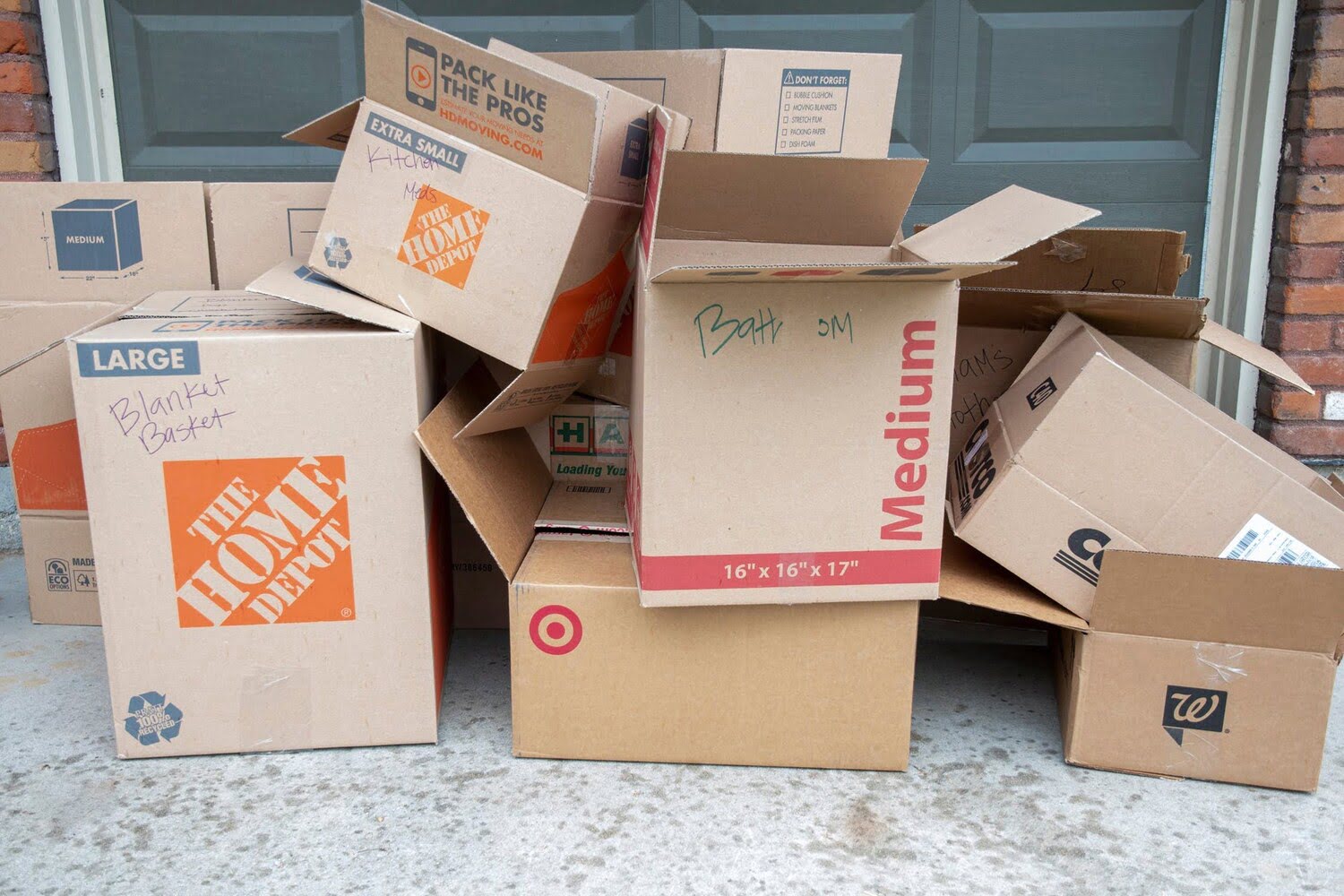
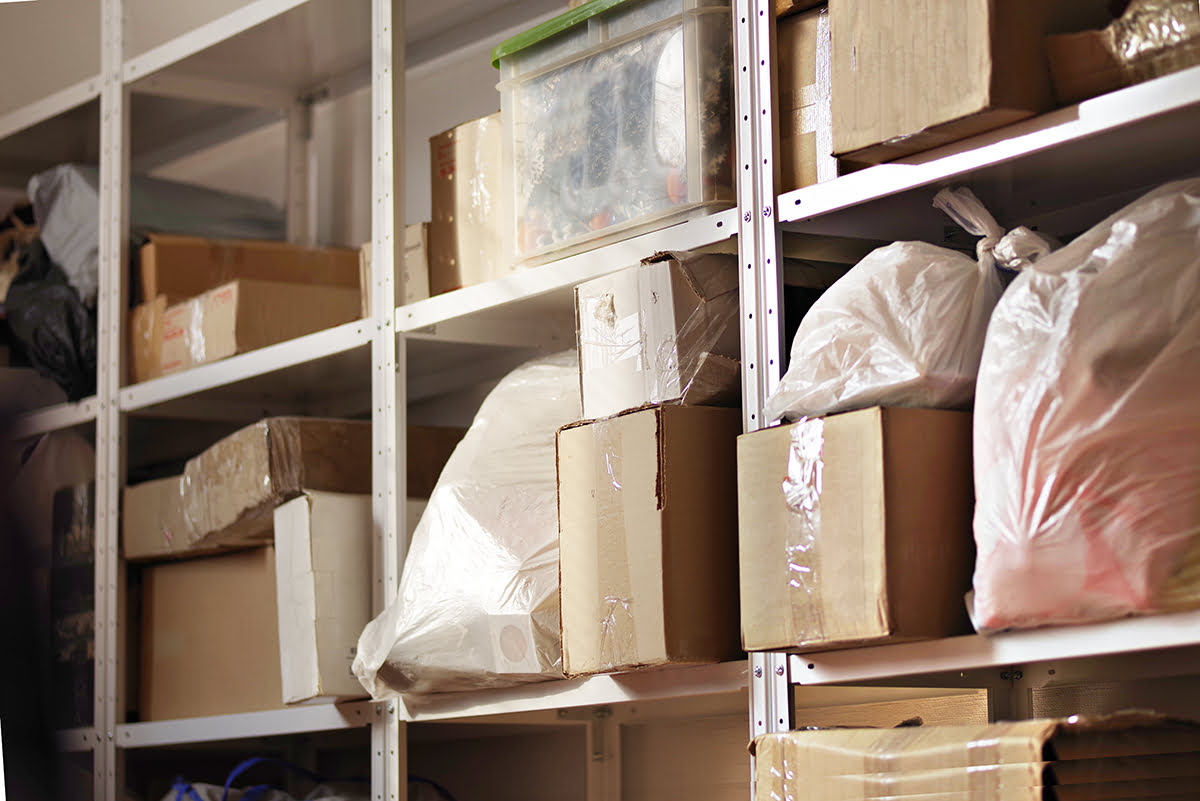
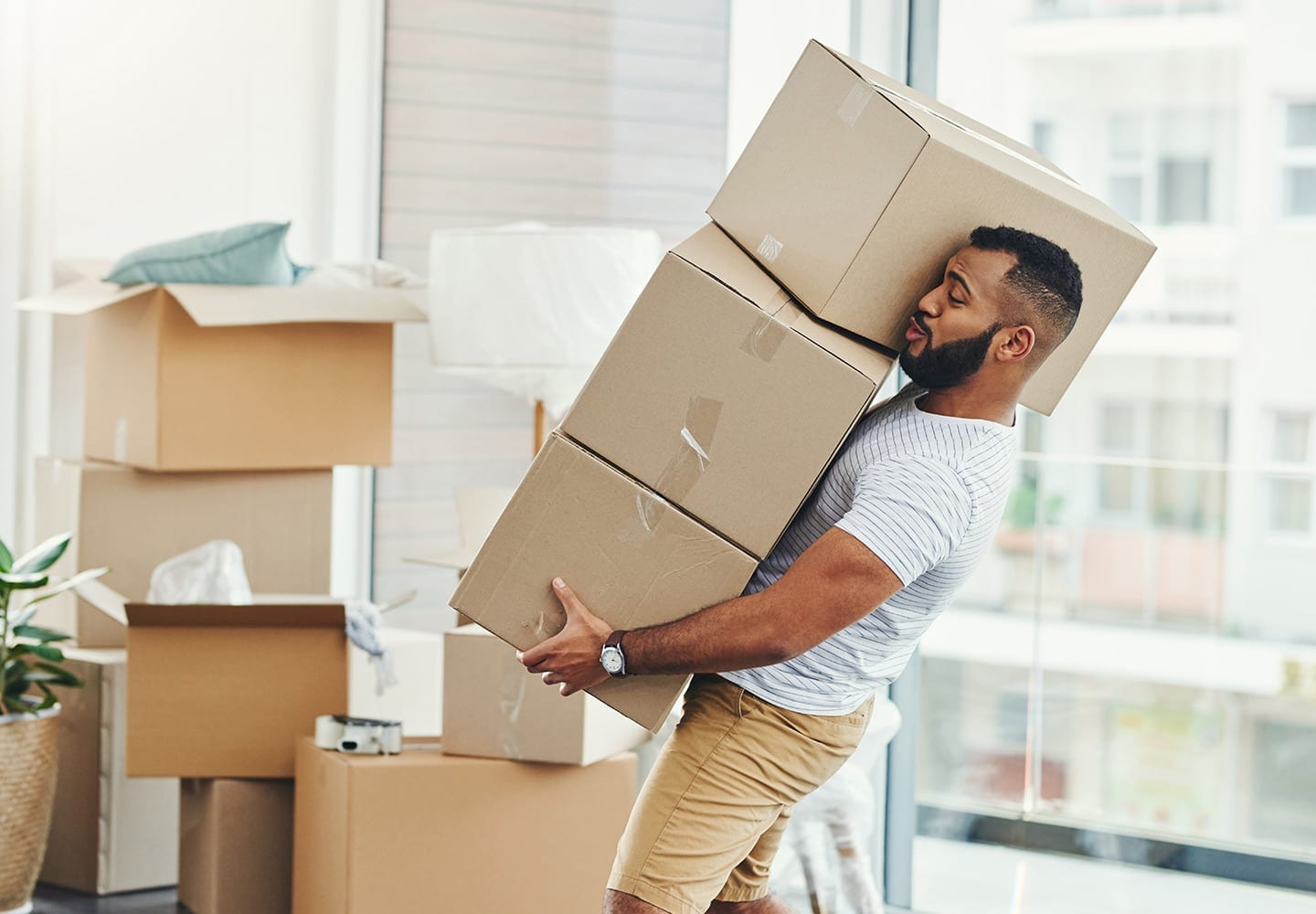
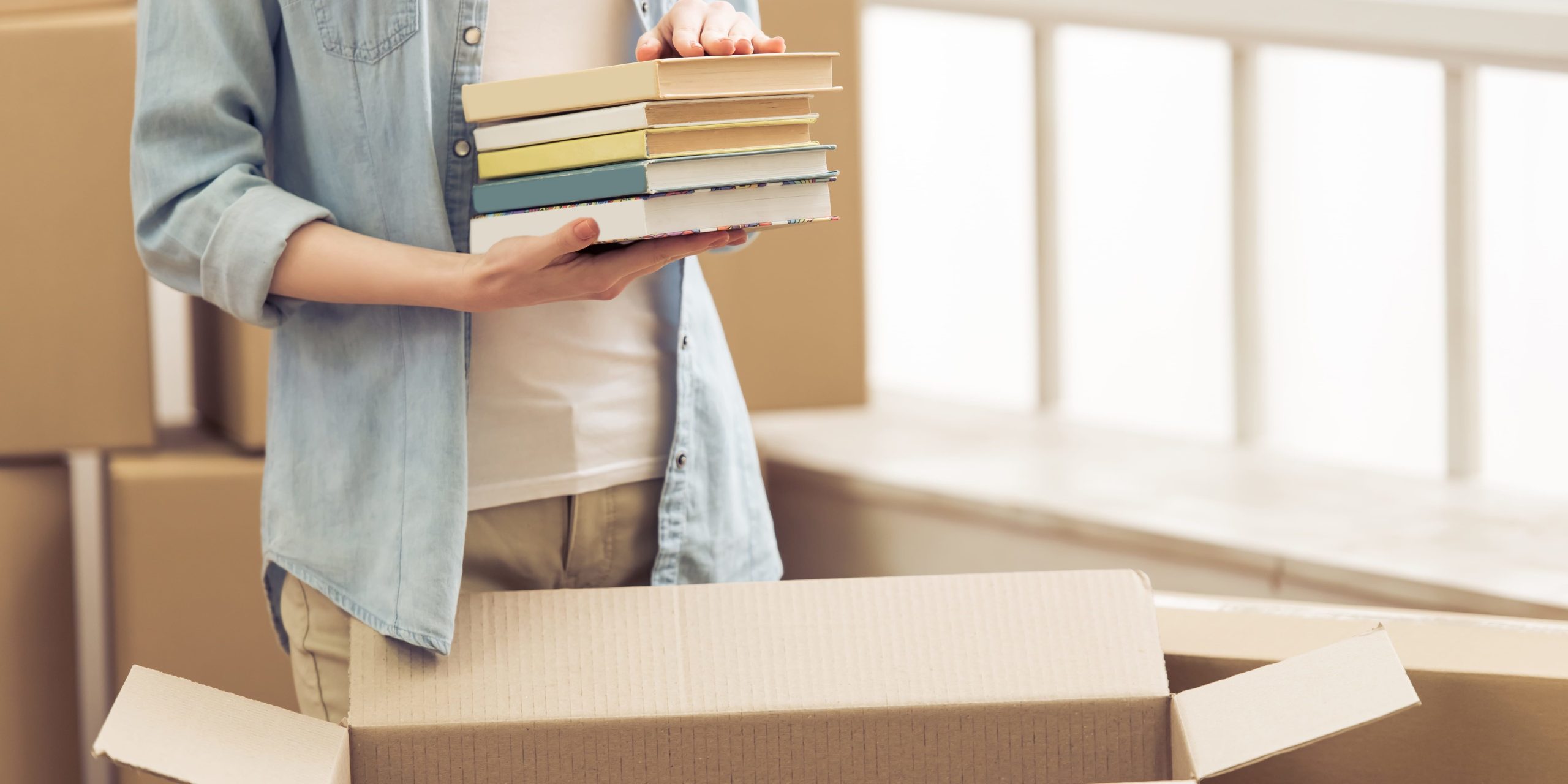
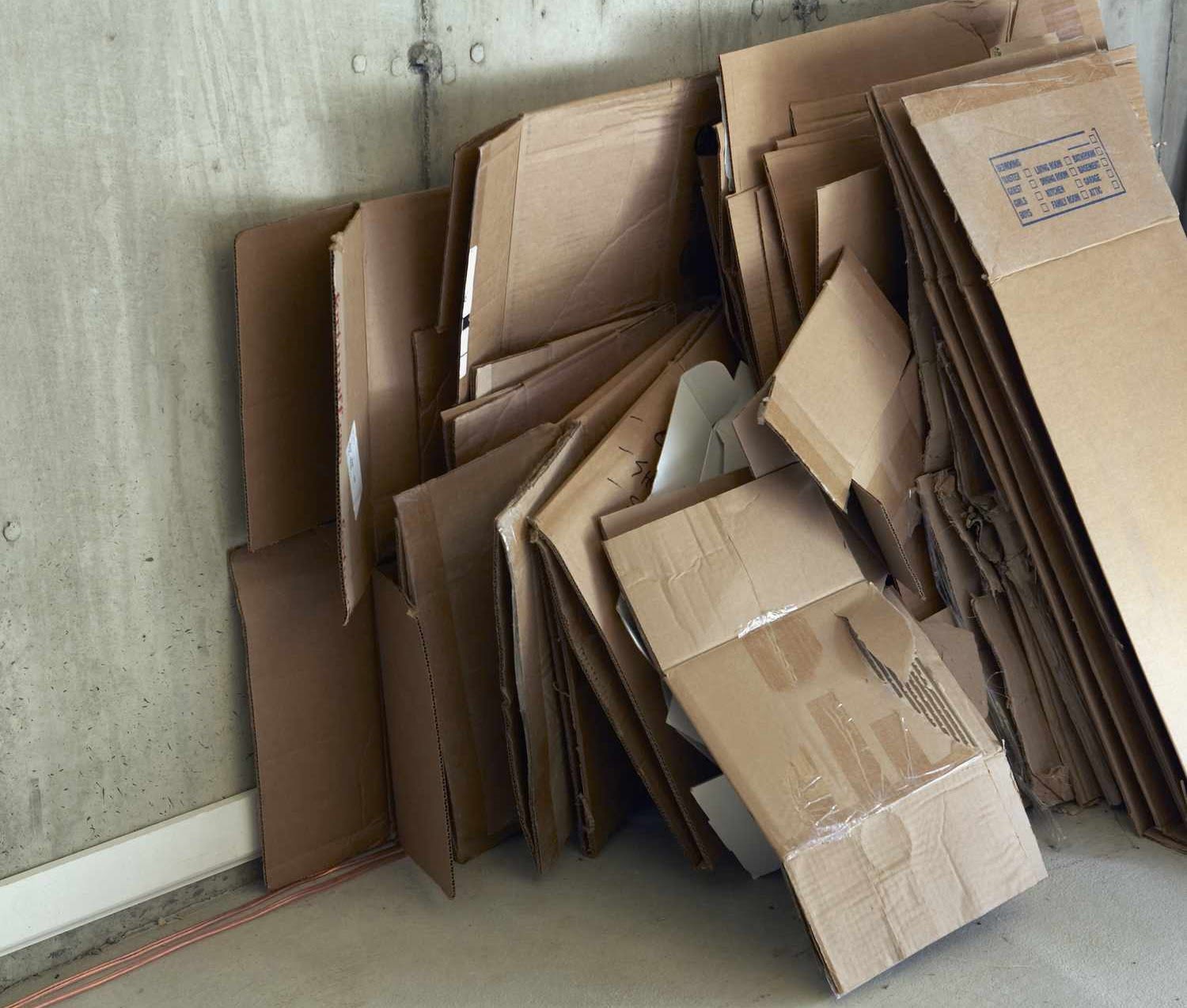
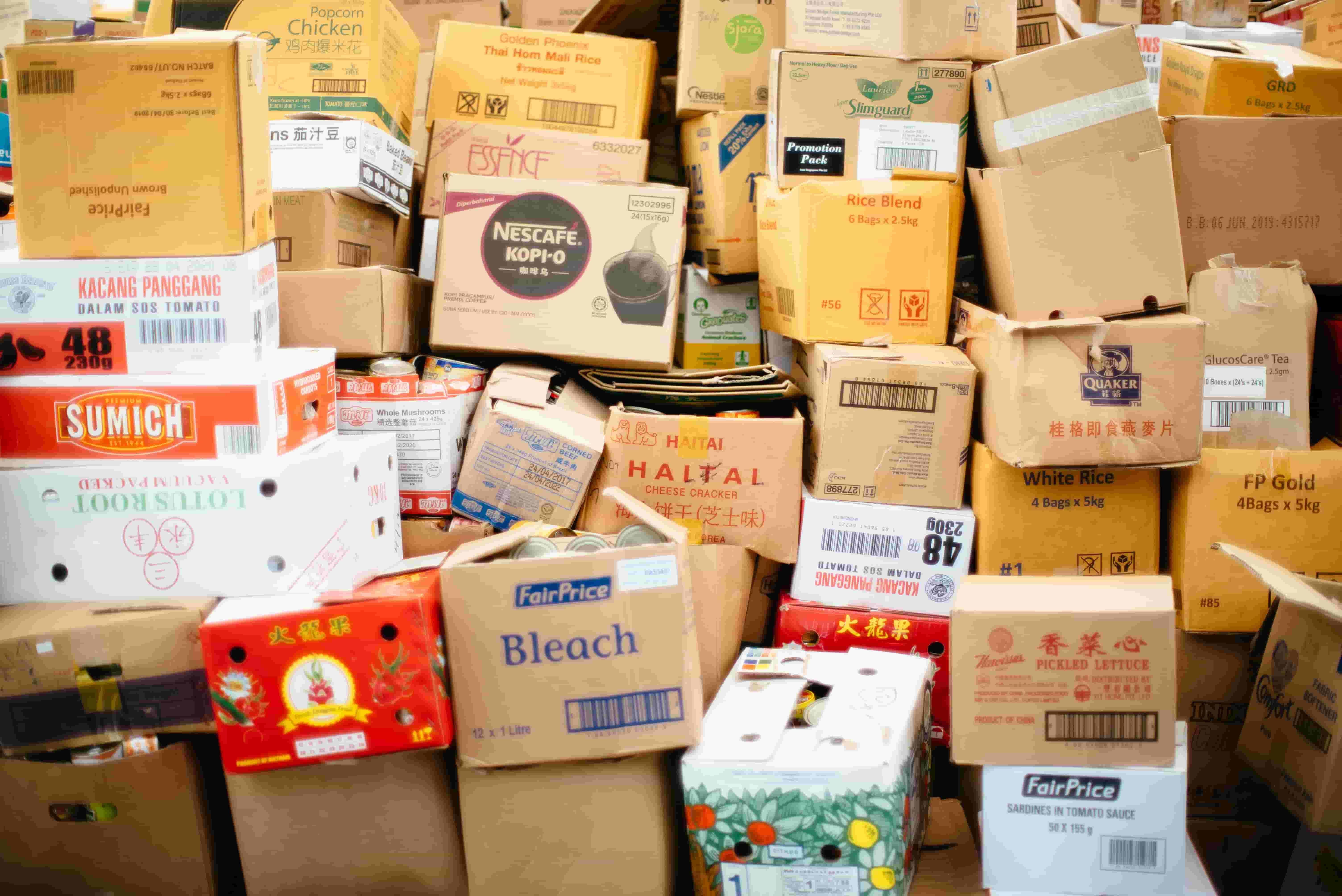
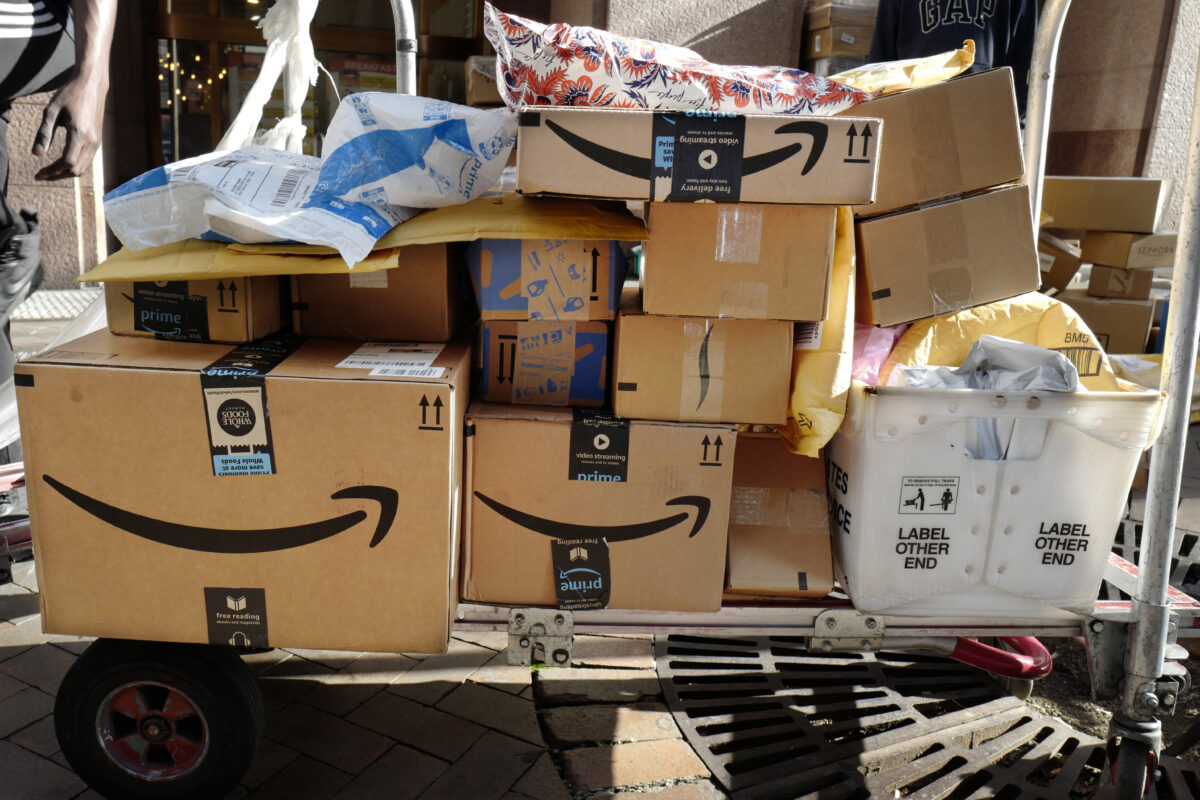
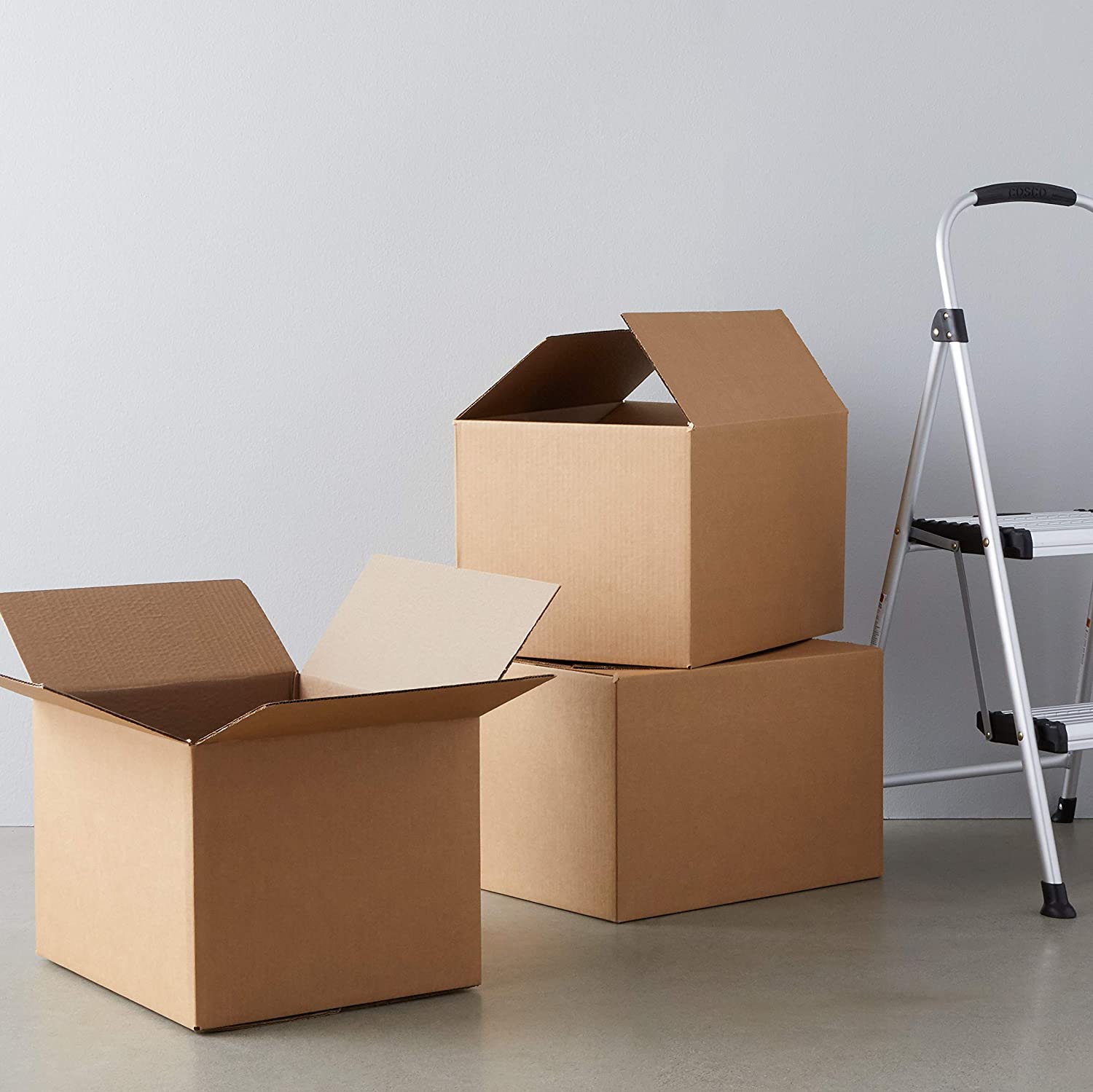
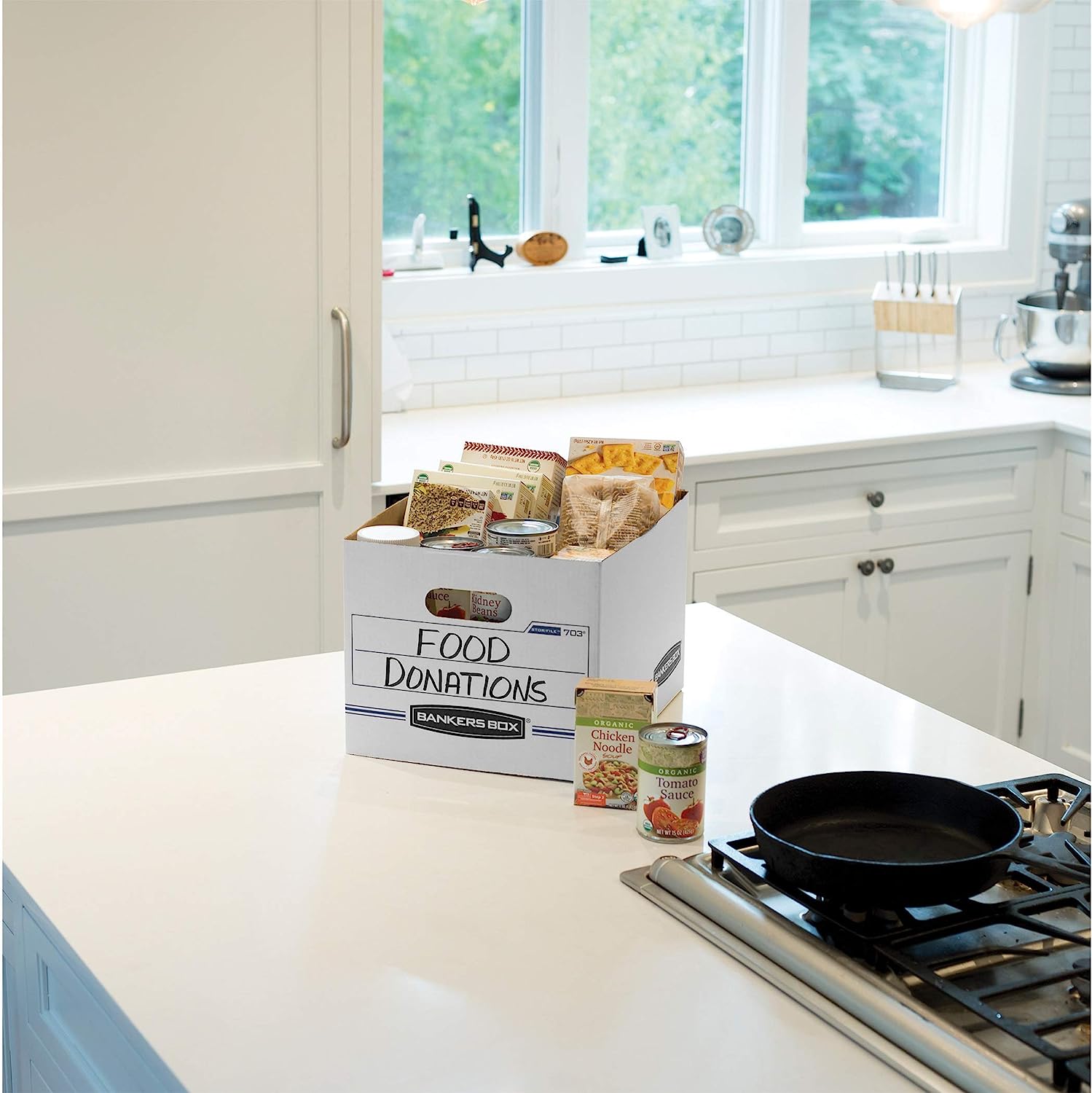
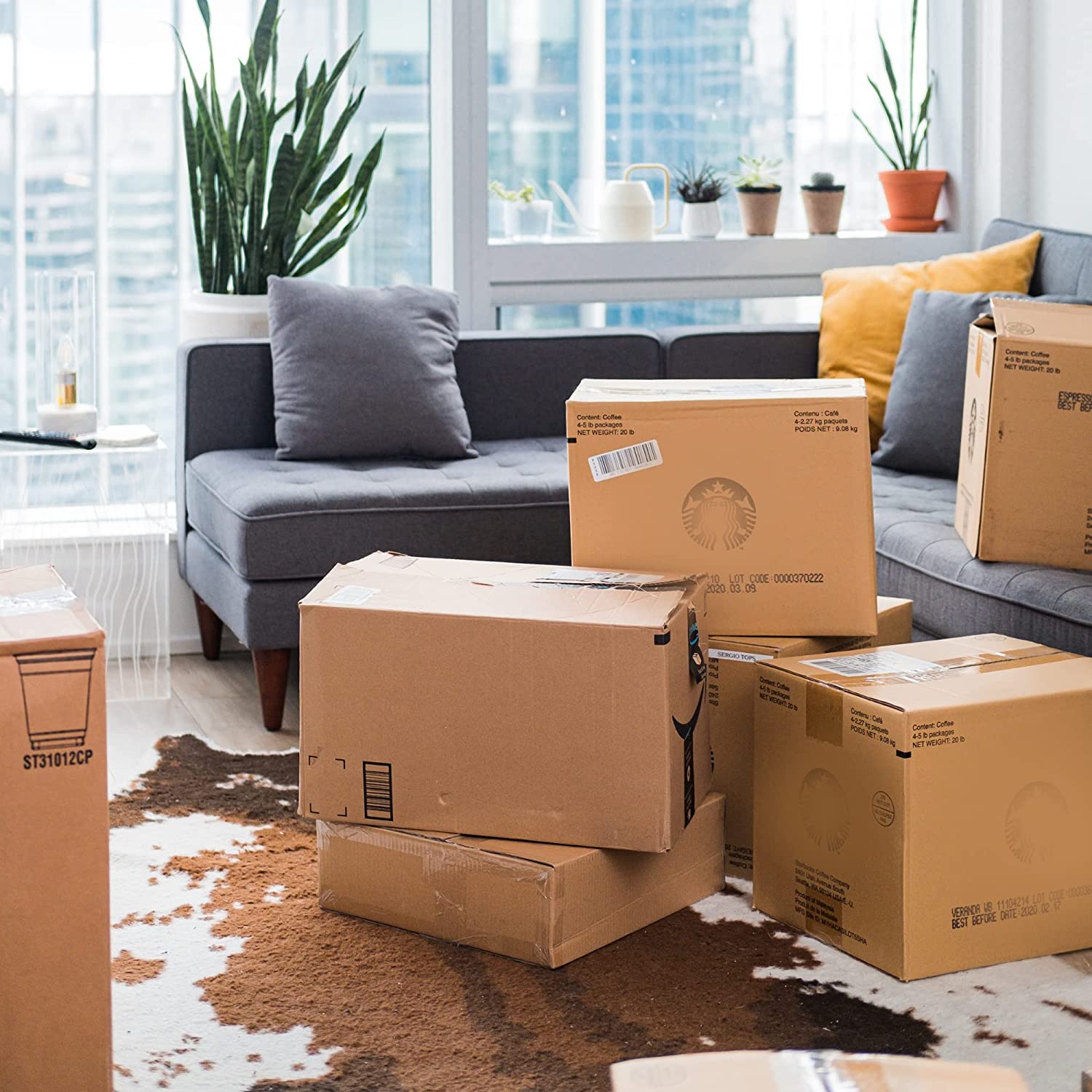
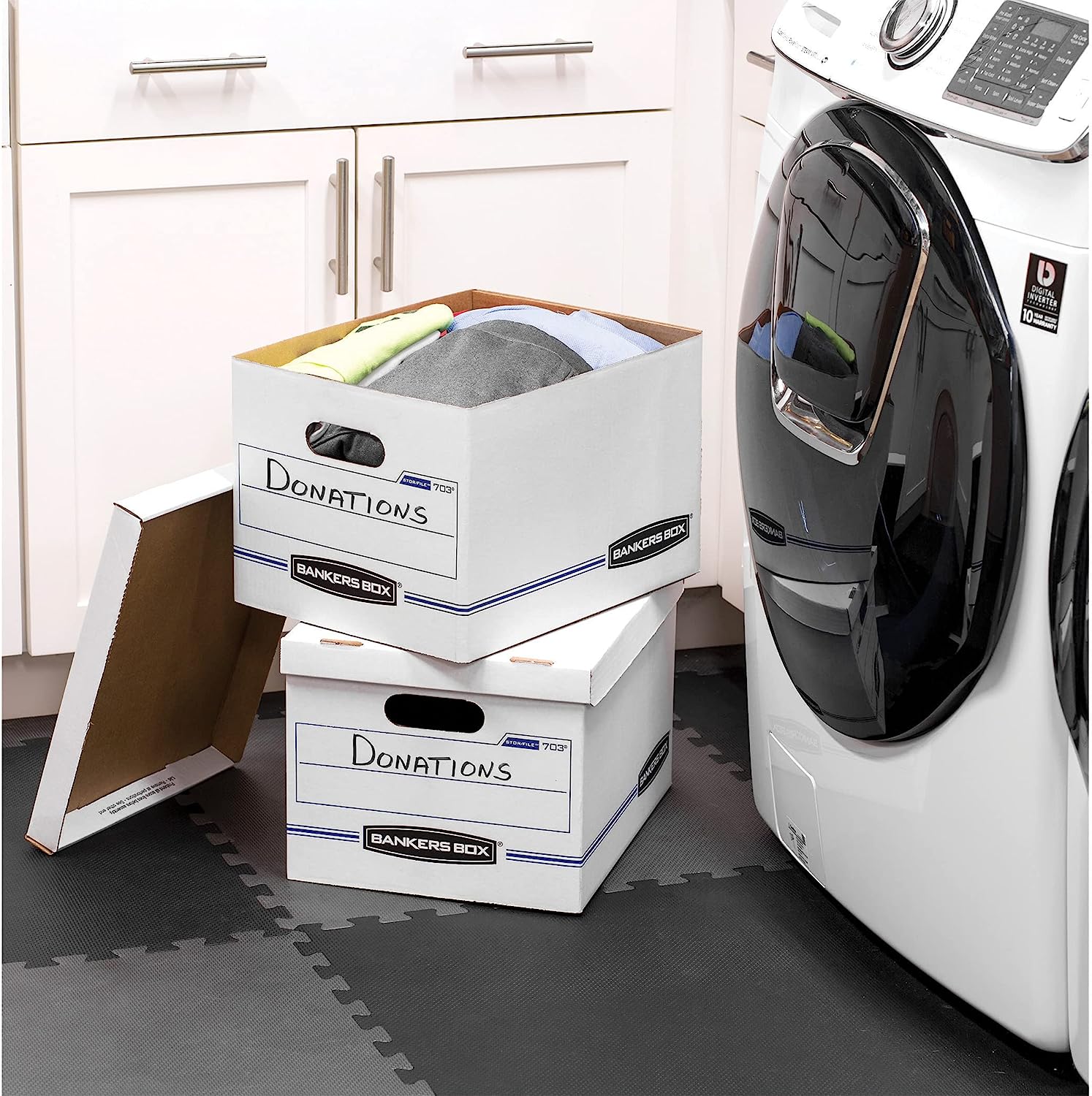
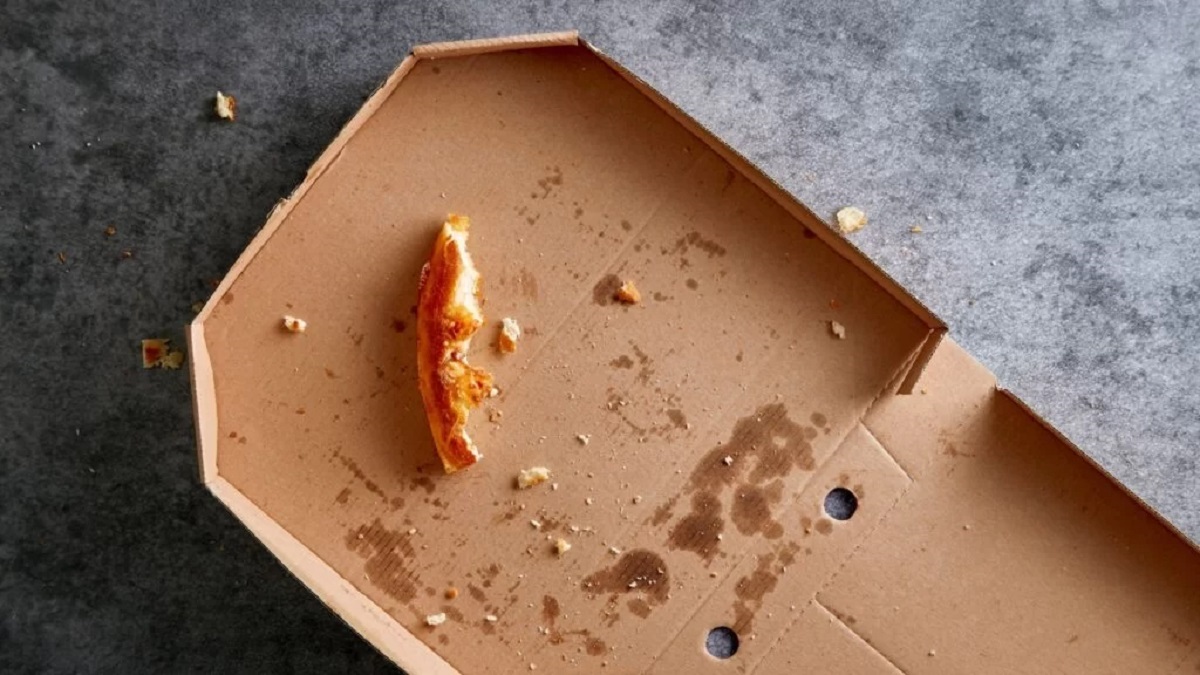
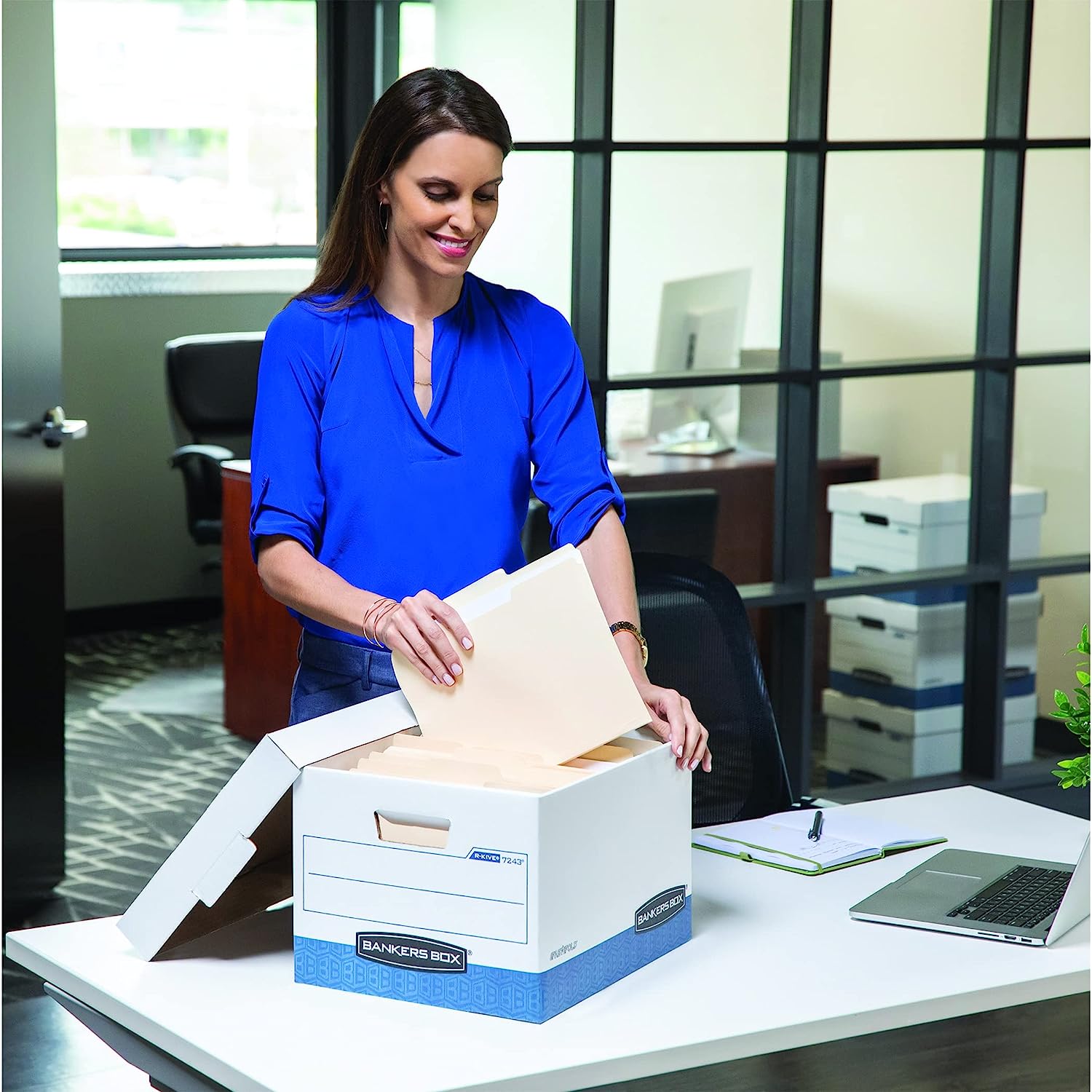
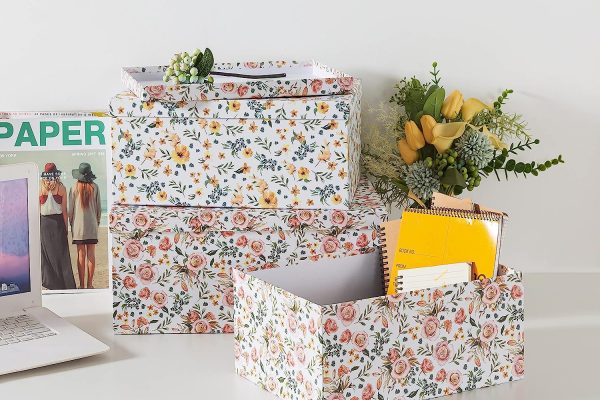

0 thoughts on “How To Store Cardboard Boxes For Recycling”